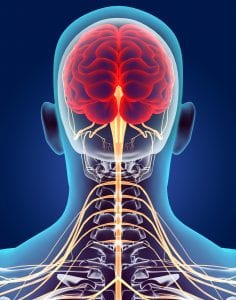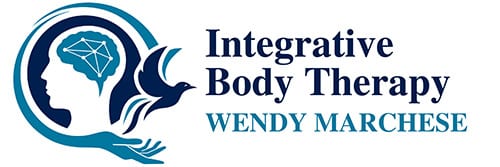
What Is Neural Manipulation?
“Neural” refers to the nervous system of the body, which includes the brain, spinal cord and peripheral nerves. This delicate system acts as a communication highway throughout the body, and when it is not operating properly, pain and loss of function can result.
What Is Nerve Fixation?
A Nerve functions correctly only when it is able to move freely within its surroundings. Nerves can become “fixed” or dysfunctional due to trauma, surgery, pregnancy/ delivery, etc. ‘when the nerve becomes “fixed” it cannot glide easily as your body moves and pain and sensitivity results.
When nerve fixation occurs it can effect other structures of the body due to compensation. Over time this can effect many other areas such as the musculoskeletal system, digestive system or the vascular system to name a few. The release of a nerve fixation can release other parts of the nervous system and often has a whole body effect on health.
How Did Neural And Visceral Manipulation Begin?
Jean-Pierre Barral is an Osteopath and Registered Physical Therapist from France. He Initially developed Visceral Manipulation while working at the Lung and Disease Hospital in France. He was able to follow patterns of stress in the tissues of cadavers as he studied biomechanics in living subjects. This introduced him to the visceral system and its potential to promote lines of tension with the body He began teaching this in the US in 1995. Barral and Alain Croibier , also an Osteopath began to further study trauma and the consequence to the nervous system which they began to teach in the US in 1999.
Jean-Pierre Barral continues to develop Visceral Manipulation evaluation and treatment techniques. He has expanded the visceral connection to pain and dysfunction to work with the joints, vascular system and the nervous system. Wendy has a background and extensive training in all of these curriculum.
Neural Manipulation Benefits:
- Lower back pain & Sciatica
- Headaches & Migraines
- Tendinitis
- Neuralgia & Neuritis
- Sprains & traumatic lesions
- Birth injuries
- Whiplash injuries
- Joint pain
- Carpal Tunnel Syndrome
- Post-operative scar tissue pain
- Swallowing dysfunctions
- Thoracic Outlet Syndrome
- and more
For more info please visit the Barral Institute.
